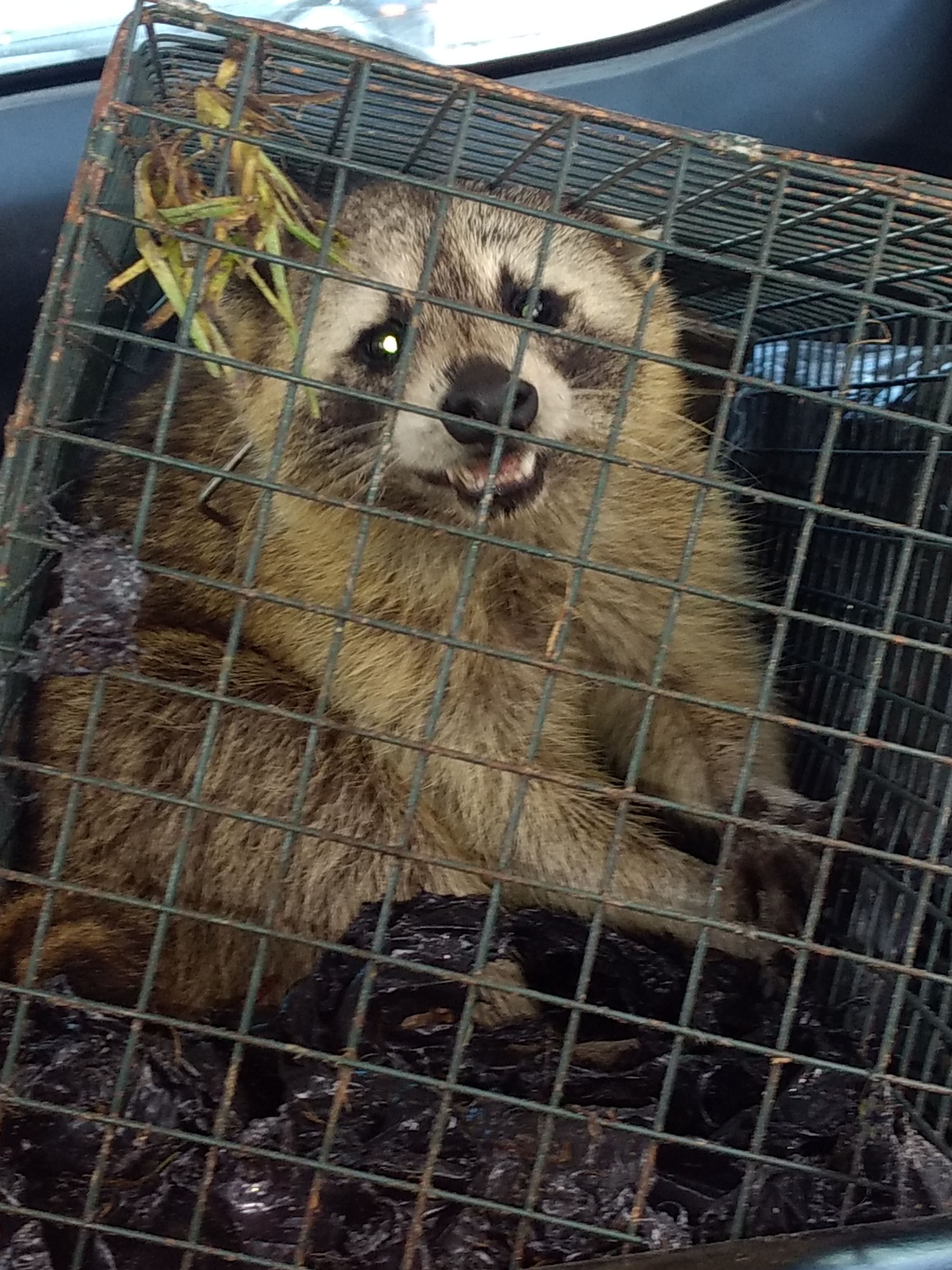
Despite the fact that bats are thought of as relatively good critters, the appearance of a bat could be both startling and frightening for individuals that stumble upon them in the attic or even in the home. Aside from the fact that they're disease carriers and their droppings can be contagious, they mostly help people by eating off blood sucking insects such as mosquitoes and moths.
Most individuals don't like bats in their home and have searched for ways to eliminate them. Plenty of these people subsequently look for repellents that would dissuade the bats from entering the home, but the effectiveness of repellents in getting rid of rodents is suspicious as they rarely address the issue. Several varieties of chemical and natural Bat Repellents exist and are usually available for interested homeowners.
Mothballs are good at dealing with and eliminating bats but while they may be harmful to bats, they're also harmful to humans and can lead to cancer. The naphthalene odor of mothballs is so powerful and touching it alone could cause sensitivities to the material. It works best when used in closed spaces up.
The nocturnal creature finds it offensive and might leave for another den. The drawback is that the bats are most likely to search for and fly into the dark corners; glowing lights also invite more pests to the distance, such as moths and mosquitoes, both of which are food for the bats.
Loud noises make your attic less conducive to the bat, but for how long?

Cinnamon has a powerful fragrance that bats can't stand and so if positioned close to their roosts can irritate into leaving
Peppermint is an aromatic herb which irritates bats. Placing either oil or foliage near the bats' entrance and exit points is likely to make the bats leave the home.
Ammonia: The vapor irritates bats as well as many other creatures. Ammonia - soaked rags or bowls of it must be put in attics and other hideouts.
Fiberglass: All bat places like the attics and ceilings are coated with this substance. When they are in contact with this insulation, bats feel an irritation in their skin.
These products come in gel or spray form. They ought to be applied at night once the bats have exited to search for food. A quarter of each part ought to be sprayed on each 125 square feet area. Examples are:
THE-BIRDS GEL: This is offered in caulking tubes and can be applied with a special caulking gun. It may be used on a bat both those within the house and externally. The gel is tacky and very thick. It adheres to the surface and can remain for a lengthy period. Every time a bat lands on the gel, then it leaves. The gel may be used for entry points and louvers vents.

THE-BIRDS LIQUID: This is the exact same substance as the gel but comes in a liquid form that's sprayed on difficult to reach entry stains. The substances in this product are not harmful to the bats; they just create a surface which the bats would need to prevent.
PEST RID: This is just another granule or liquid product that's thought to be harmless to the bats. They release tastes and scents that bats can't stand. Spray on their hiding places and the entrance points
Ultrasonic apparatus: Transonic PRO has a range of ultrasonic and sonic signs that changes continuously and are emitted to disturb the nerves habits, communication and sleep, leading to their leaving the place. The emission also interferes with echolocation, which makes the area inhospitable for bats